The Types of Leather We Use and Why

Why should you use Smooth or Roughout Leather?
Our smooth and roughout leather both originate from the same leather hides, each term simply referring to the side of the leather that is facing out on the boot. With full grain leather, you will see the familiar smooth leather on one side, and the "hairy" or roughout leather on the backside. Roughout should not be confused with suede, which results from splitting the hide in the middle giving you a length of delicate material that is fuzzy on both sides. So all in all, the quality, temper, thickness, and strength of full grain smooth and roughout leather are exactly the same. Both sides are going to mold to your feet over time and provide the same amount of support.
However, once you take a closer look, you will see they offer pretty different advantages. For instance, roughout leather is favored in the physical labor industries for being more abrasive resistant. It hides the casual daily scrapes and even prevents deeper cuts than the smooth leather. This provides a ton of confidence for the logger who works in infamously slippery conditions through thick brush, and rocky terrain. Another plus is that roughout can be easily maintained by using a hard bristle brush to quickly scrub out the dirt, dust, and metal shavings accumulated on the job site.
Smooth leather, on the other hand, is a bit easier to weatherproof. In general, this is not an issue, as our leather is naturally oil resistant and constructed in a way that water will never seep in. Our boots are watertight and will keep your feet dry unless you are standing in deep water for an extended period of time, and the water eventually penetrates the leather. Still, if you are looking for something to wear in heavy rain or muddy conditions, the smooth leather is a bit easier to seal with our leather preservative and waterproofing spray. Its glossy surface also means that smooth leather can be polished for those that need a dressier uniform.
We utilize both sides of our full grain leather in most of our boot models. The roughout works wonders for the lower portion of our boots because it gets the most natural wear and tear. For the uppers, we use smooth leather because it gets less action, and a person's pant legs usually cover the tops of your boots anyways. Of course, we offer full roughout for custom boots, but in most cases is not needed. The rough-out and smooth can also vary slightly in color, which contributes to the overall design of the boot.

Photo: Various leather options, colors, and styles are ready to move on to production after the patterns have been cut and inspected.
What's the Benefit of Oak Tanned Leather?
You may have heard the term Oak tanned or veg tanned leather, which attributes to the plant tannins that are used in the tanning process. These plant additives give incredible rigidity to the material, making it an excellent choice for insoles, midsoles, counters, lineman shanks, and arch support.
Our oak tanned leather may look like wood at first glance, and in fact, behaves similarly (not in small part because of the bark it is soaked with during the tanning process). It maintains its form and strength with wear, making it an excellent platform to stand on and a base to build around.
If boots have an oak tanned insole, you know you are getting something special. Not only will this naturally form the impression of your arches and toes, but stand the test of time...even getting more comfortable. It will not break down, or fester bacteria, so your boots should never carry a foul foot smell.

Photo: Founder John Khadzhi installing the midsole through traditional hand work.
How Do You Ensure the Quality of the Leather?
We source our leather from trusted American tanneries, which we then examine hide by hide for consistent quality. As we cut the leather, we carefully parse out which part of the hide will go where, for maximum strength, comfort, and function. For example, portions that we know to be of higher density and durability, like the spine and kidney we prioritize for the Vamp, Counter, and Quarters of the boots as those areas on the boot will take the most beating and need to hold up the longest.
Due to the nature of leather, we pay close attention to the slight variances that occur from section to section. From time to time, natural "blemishes" from the hide show up that do not affect the integrity of the boots, so they get incorporated into the boot. These natural markings are a testament to the history and strength of the material. With time, the boots will continue to grow more unique as the leather gets oiled and worn, creating a one-of-a-kind patina that cannot be replicated with lesser material or imitation leather.

Photo: Hand positioning a boot die pattern to be stamped or cut out of leather is an initial part of the handmade boot-making process.
Is all leather Fire resistant?
Leather is naturally fire resistant, which has made it a favorite for wildland firefighters, welders, and even chefs in the kitchen. What makes our boots truly rated for fire, is the quality and thickness of the leather we use. Our iconic Fire Inlander boot model sports our 8-9oz leather throughout the boot, to ensure a protective layer over your feet and calves. And of course, this is only useful if the boots stay together, so we use triple bonded fire rated Technora thread, that has virtually no melting point to bind all the leather components.
Article Date: Aug. 17, 2022

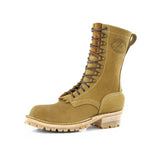


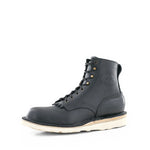
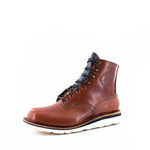
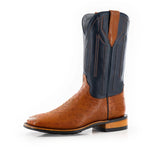
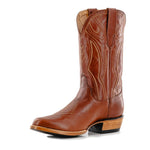
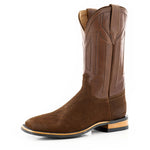



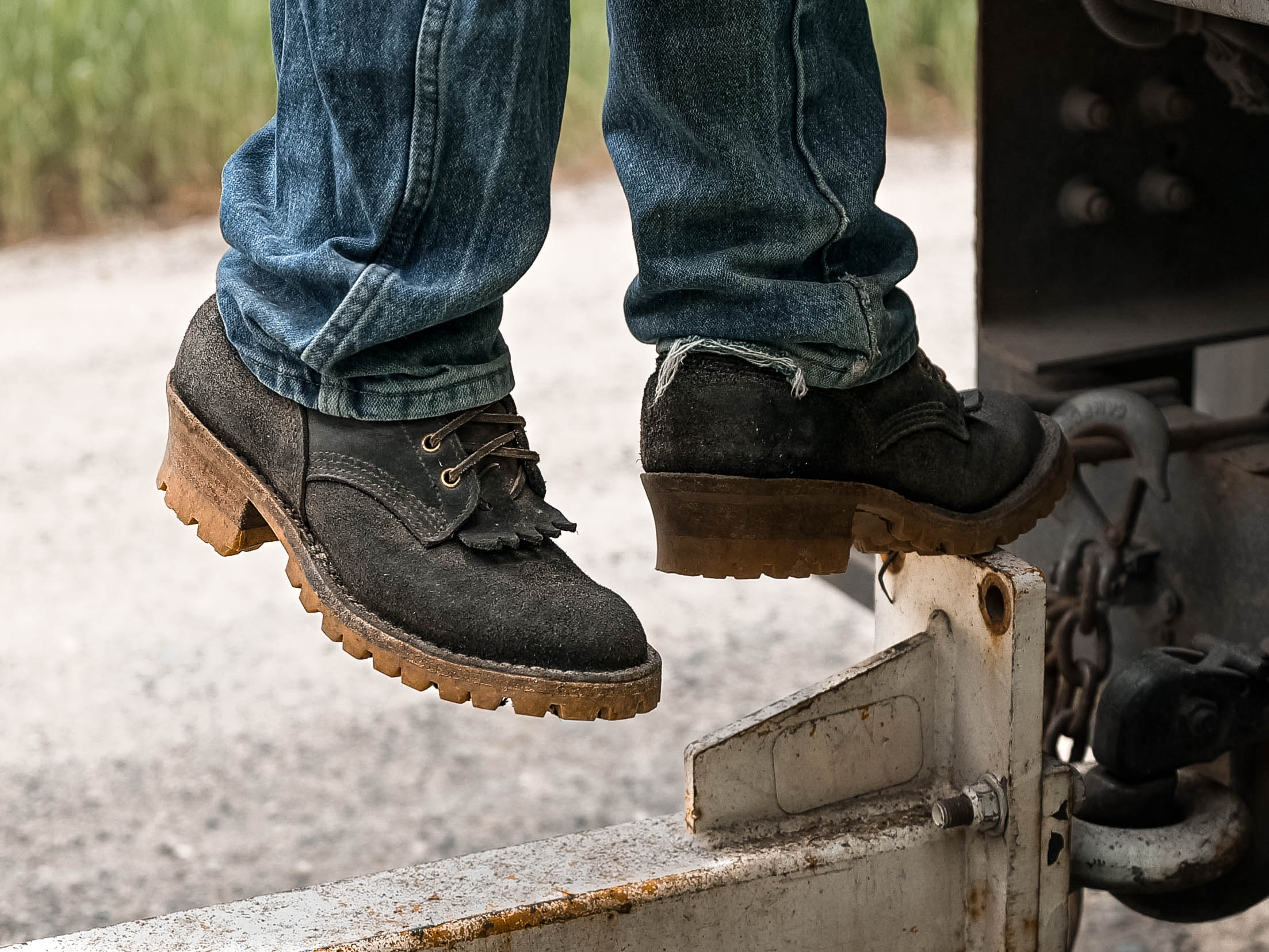
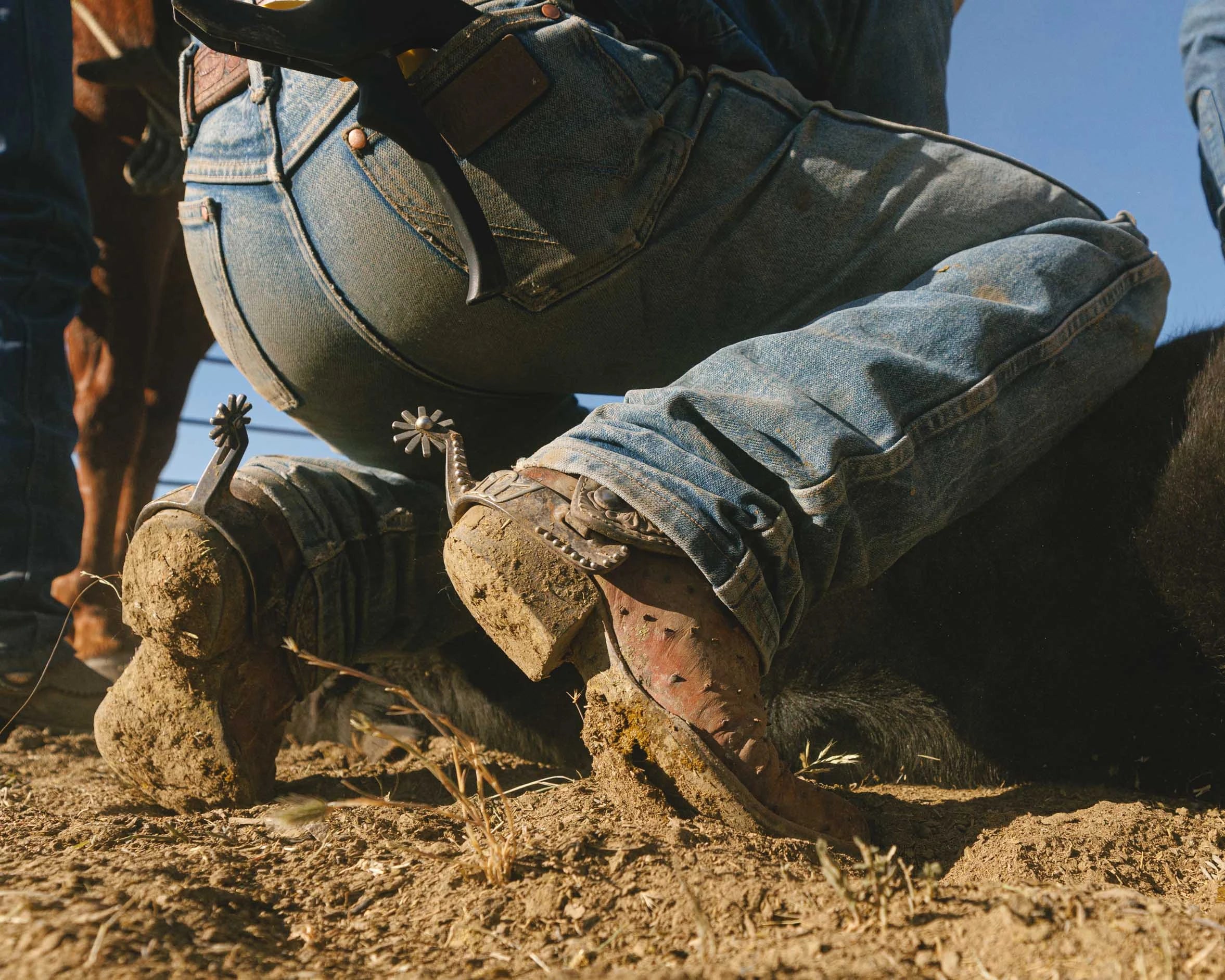
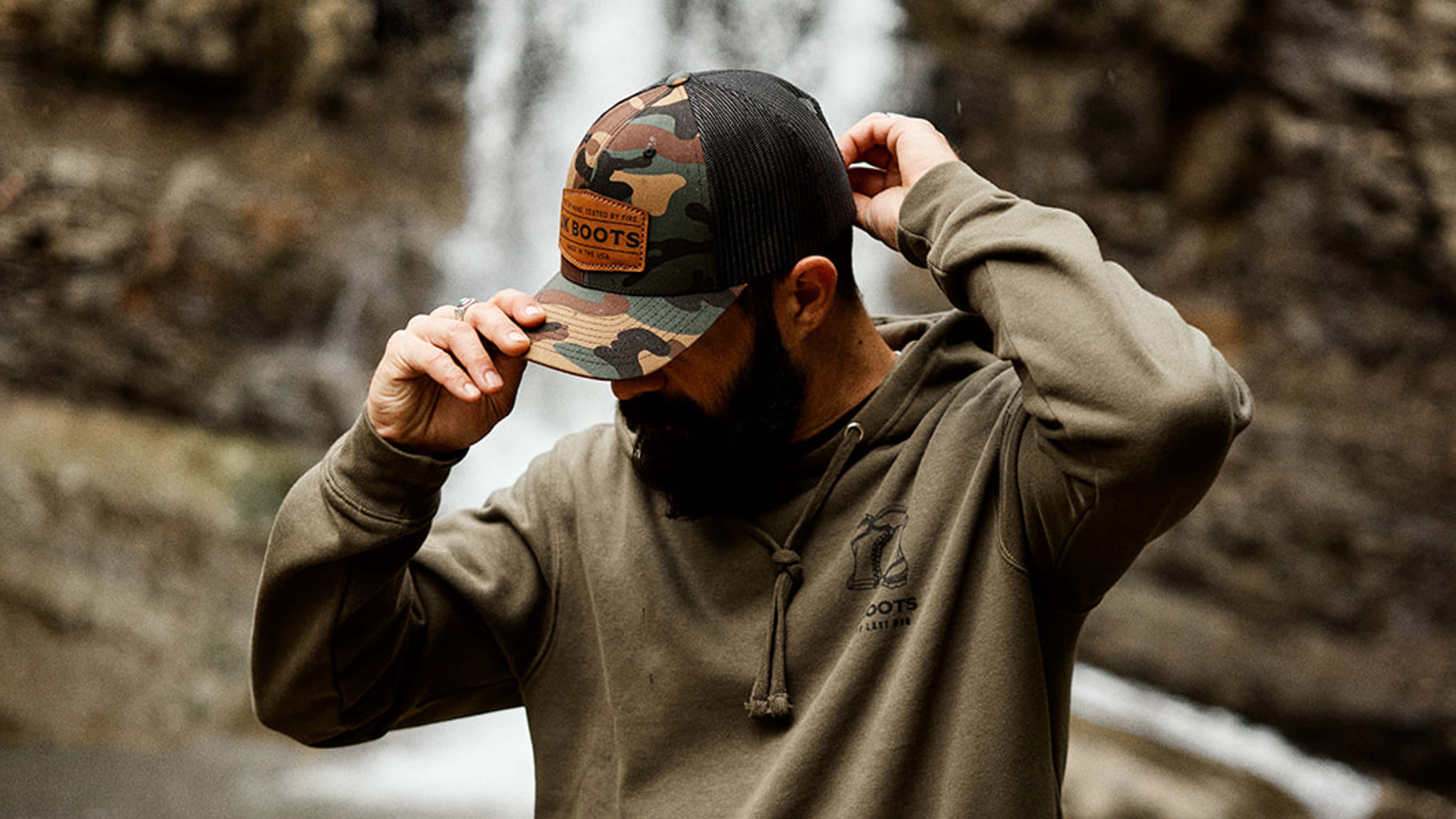
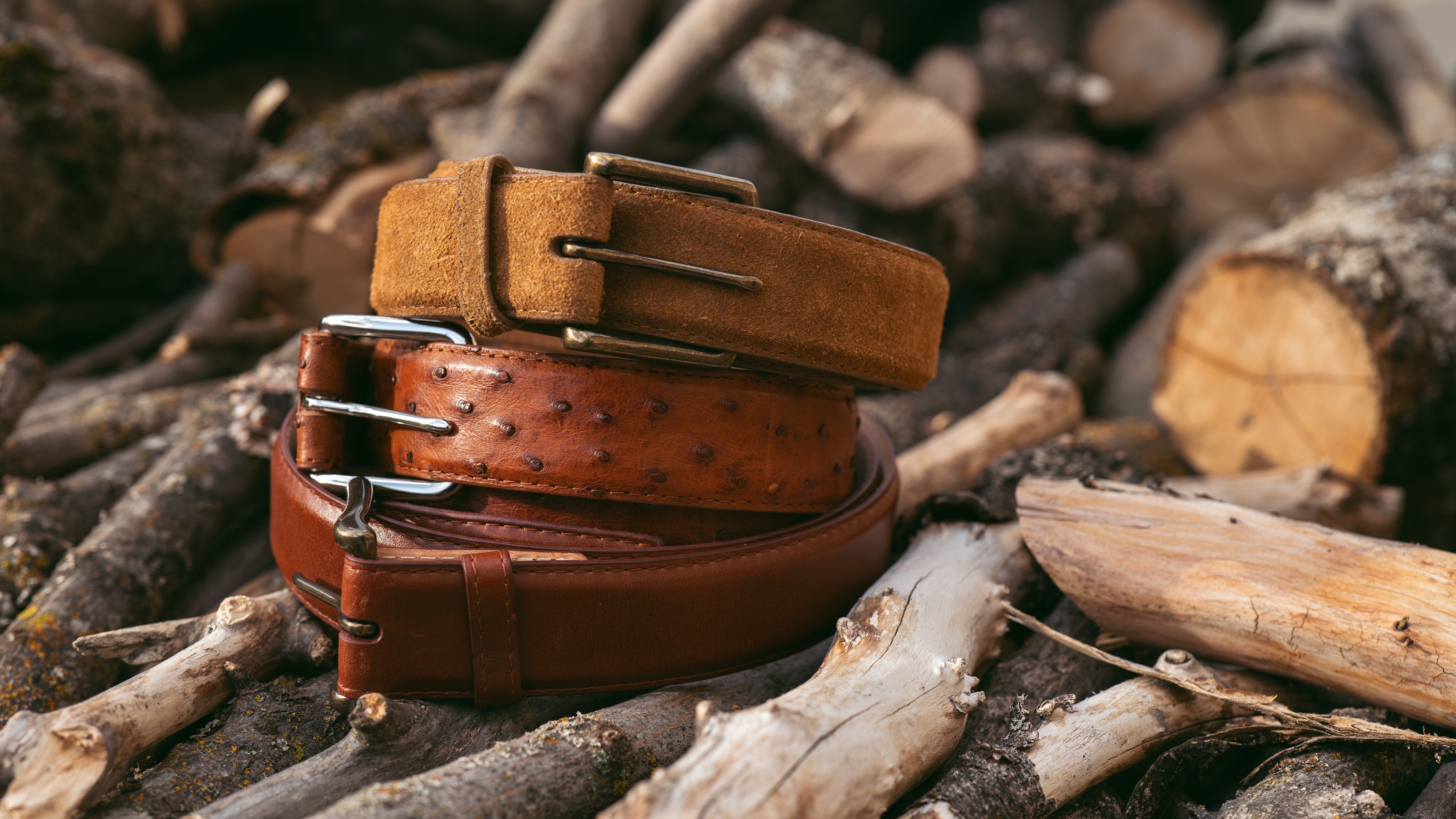

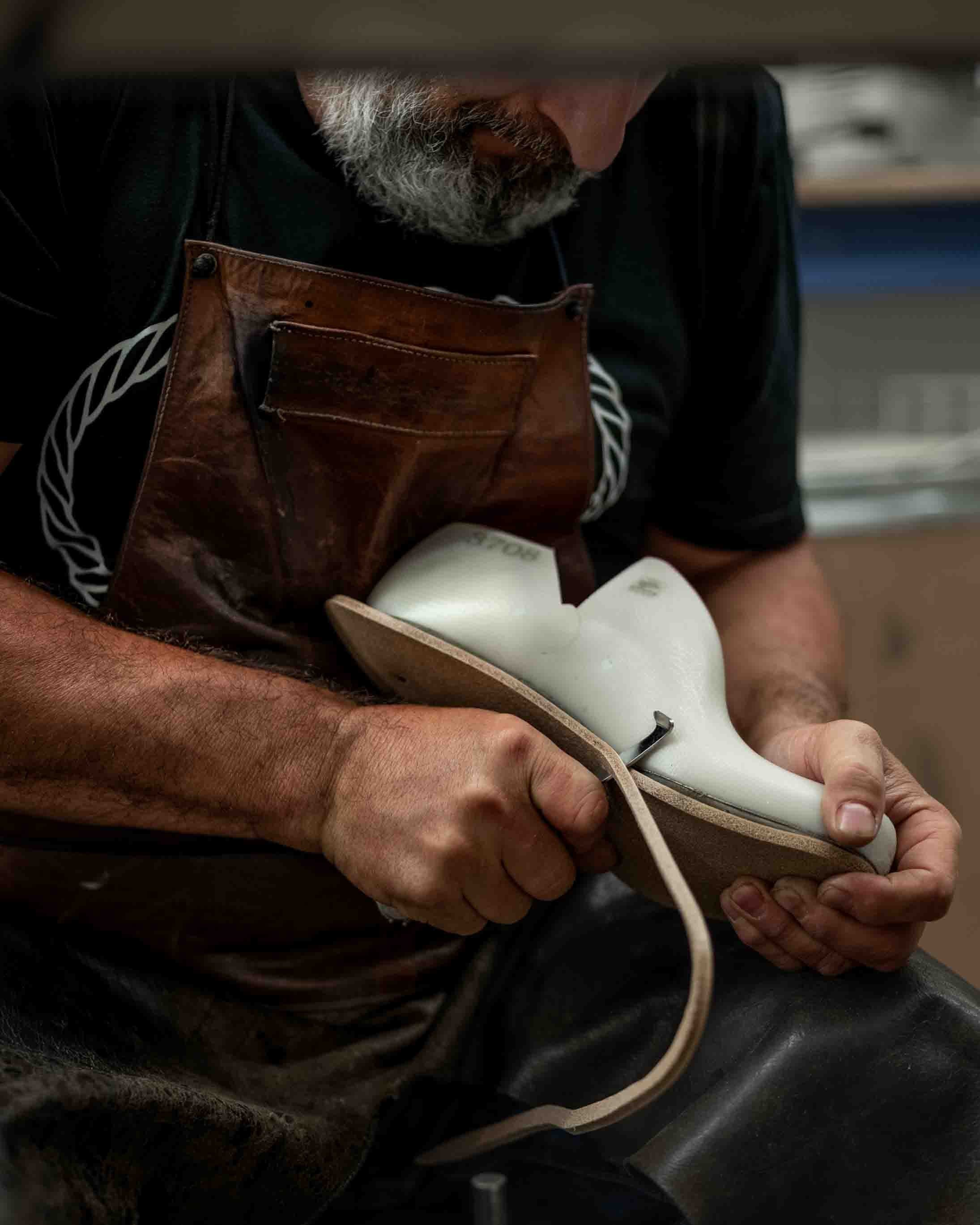
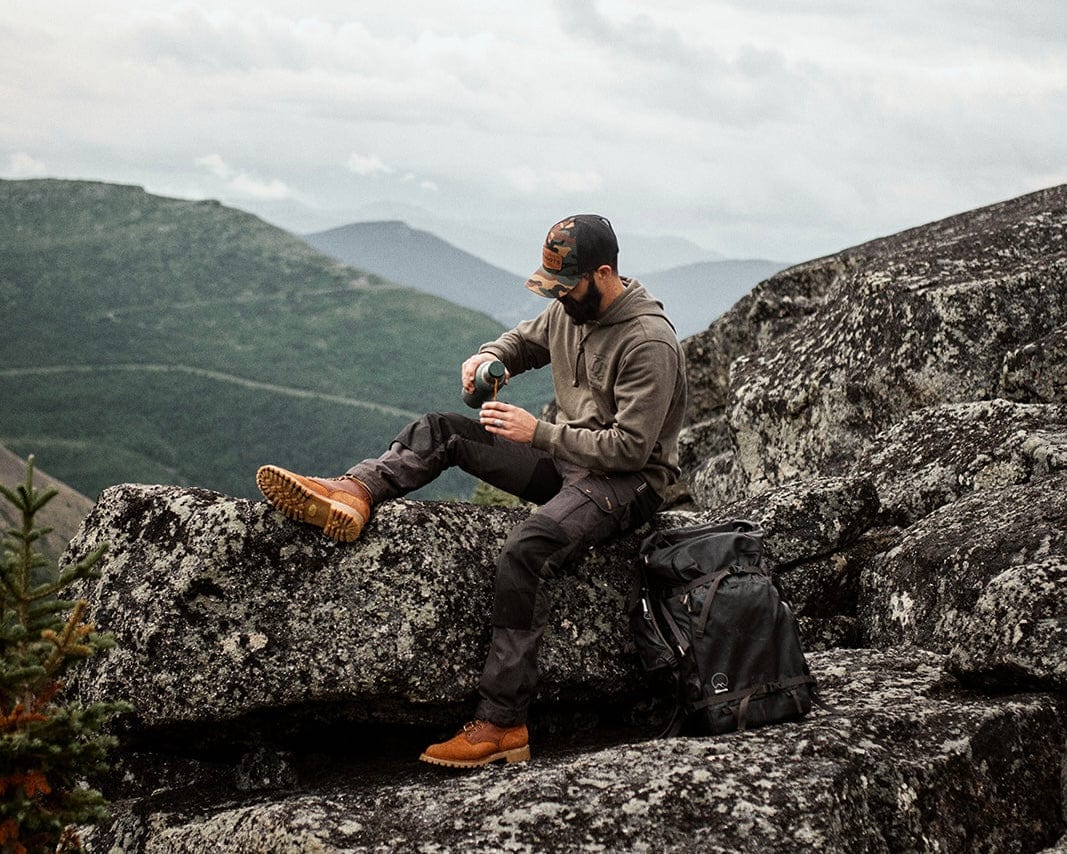
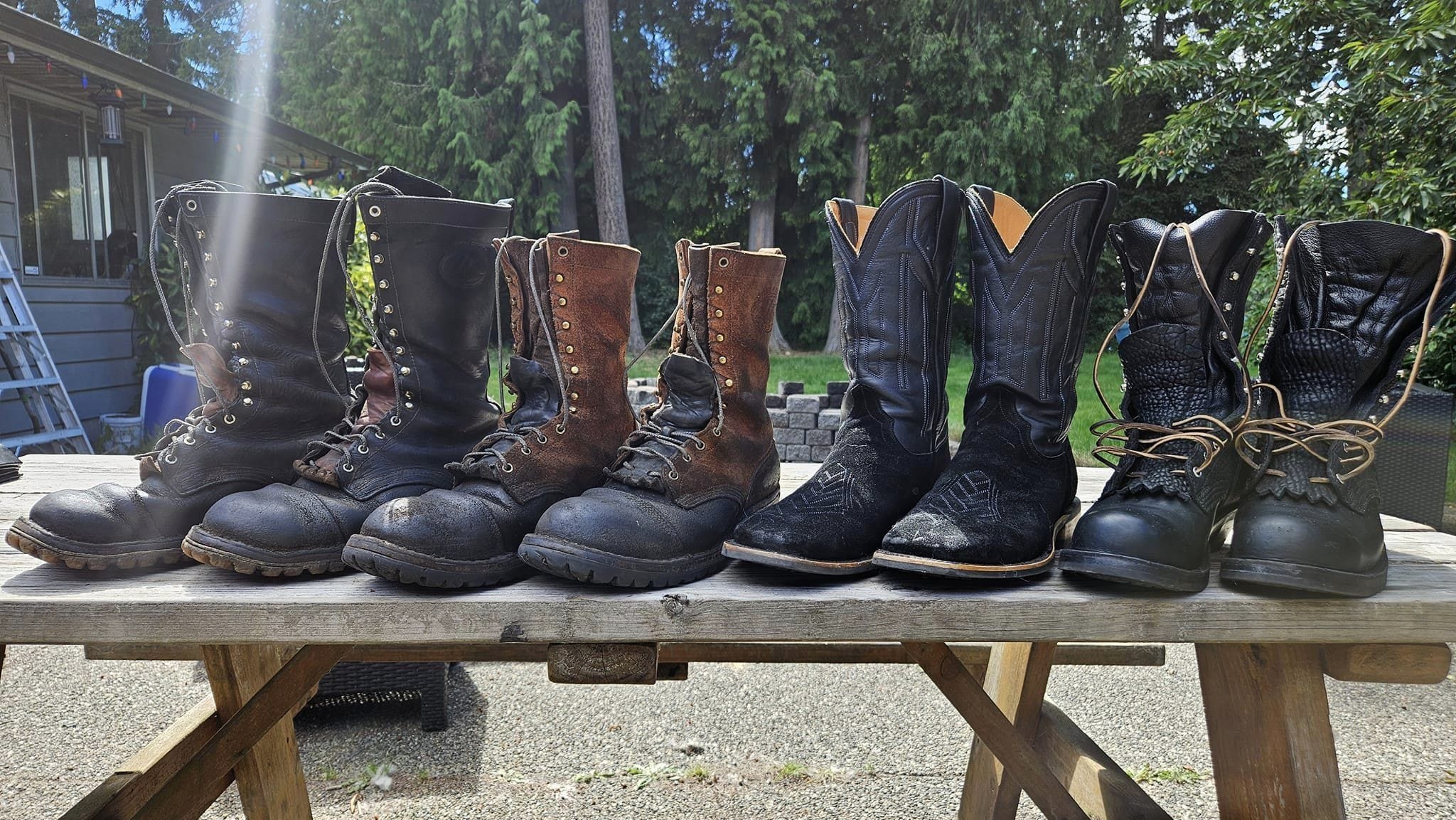
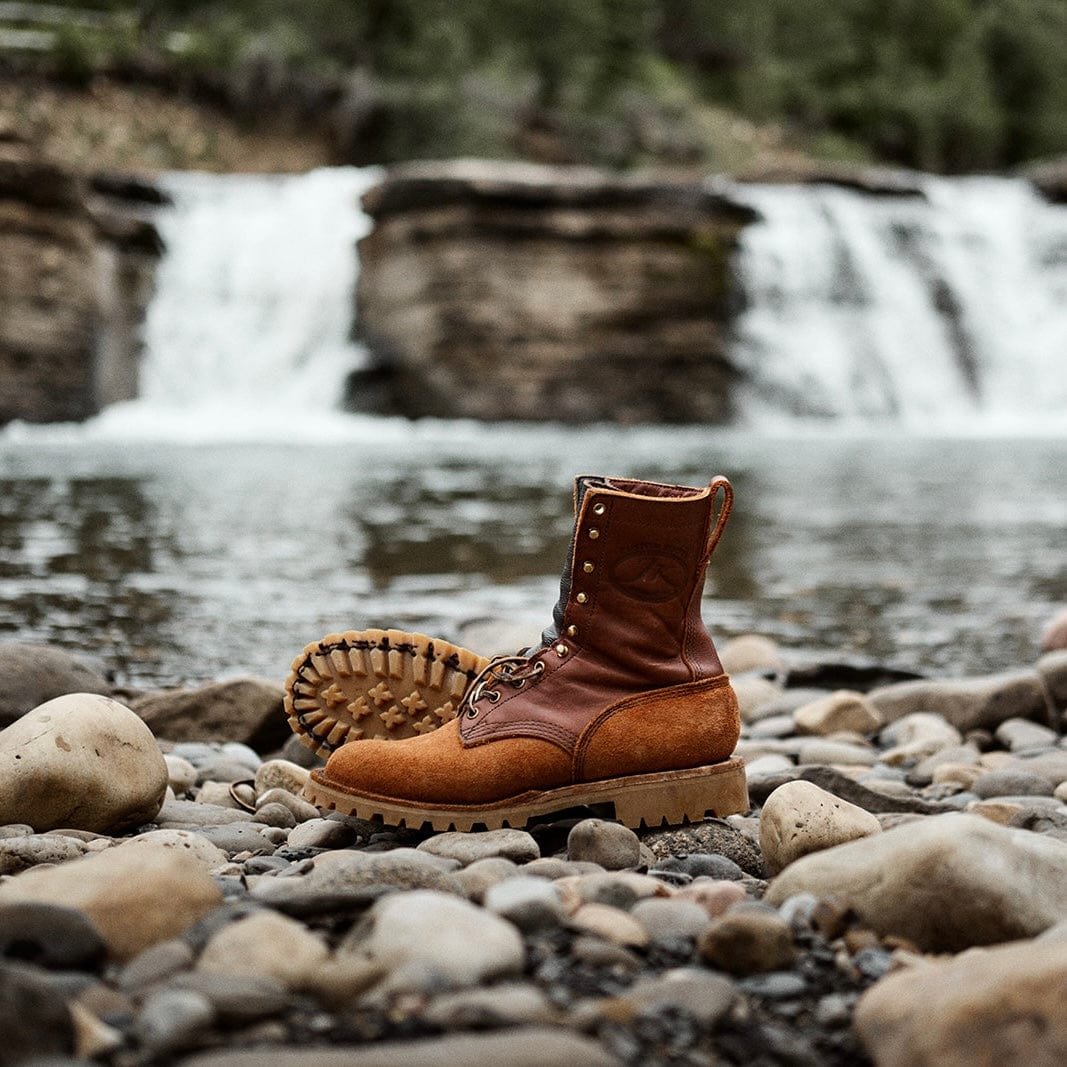

EH rated boots for power line work
DO YOU MAKE EH RATED BOOTS FOR POWER LINE WORK
Leave a comment